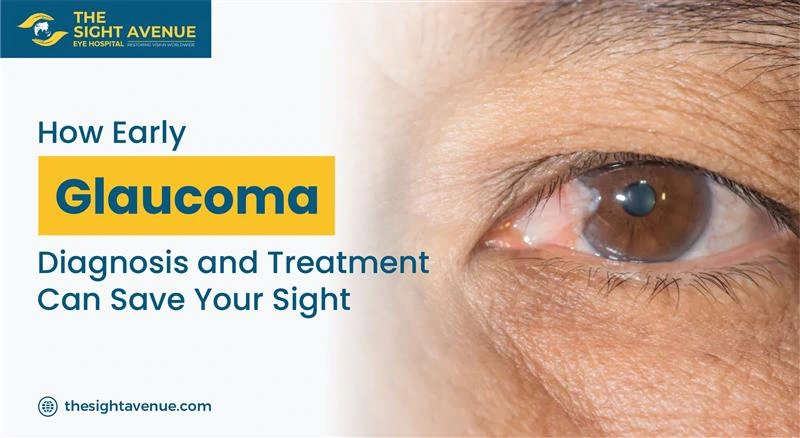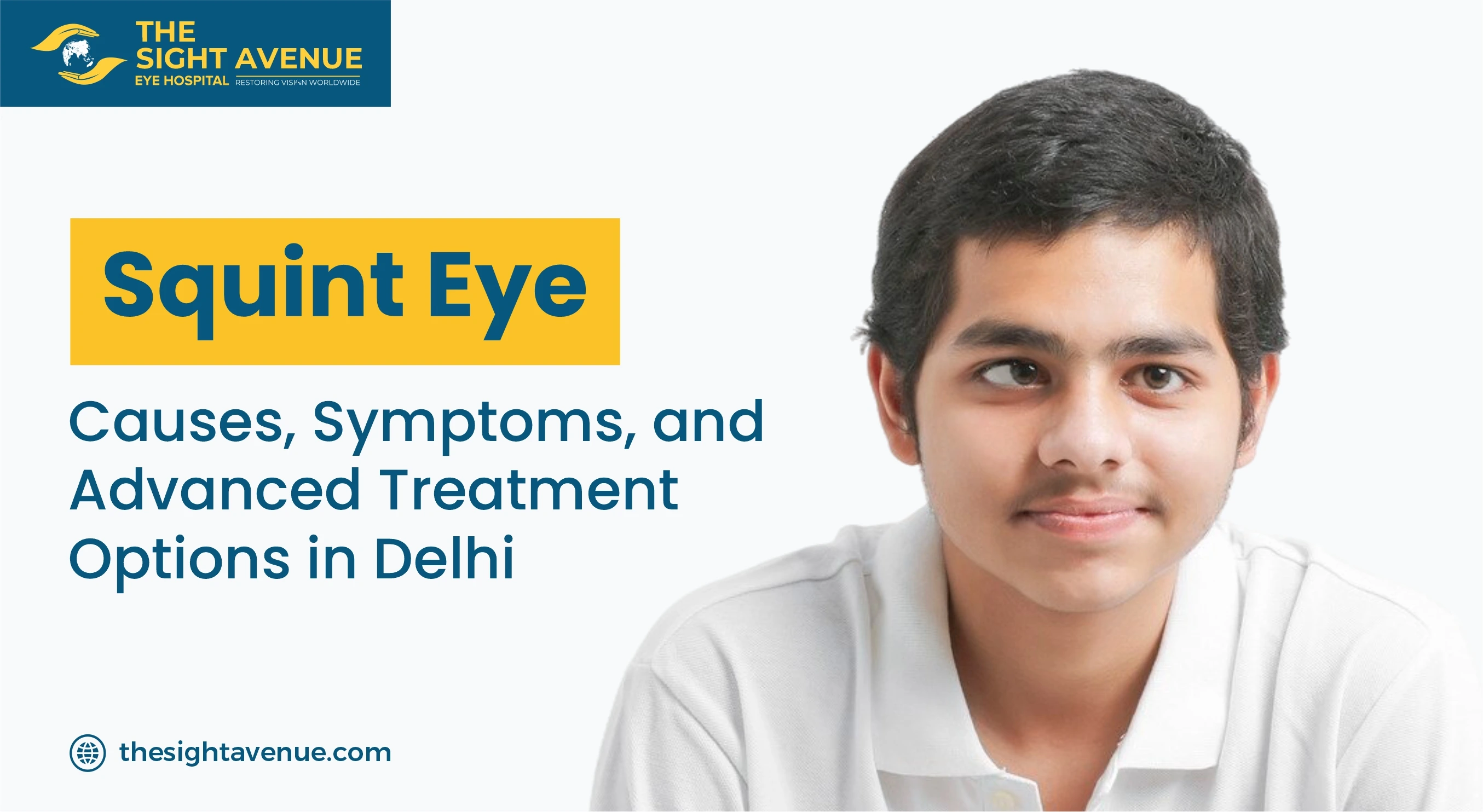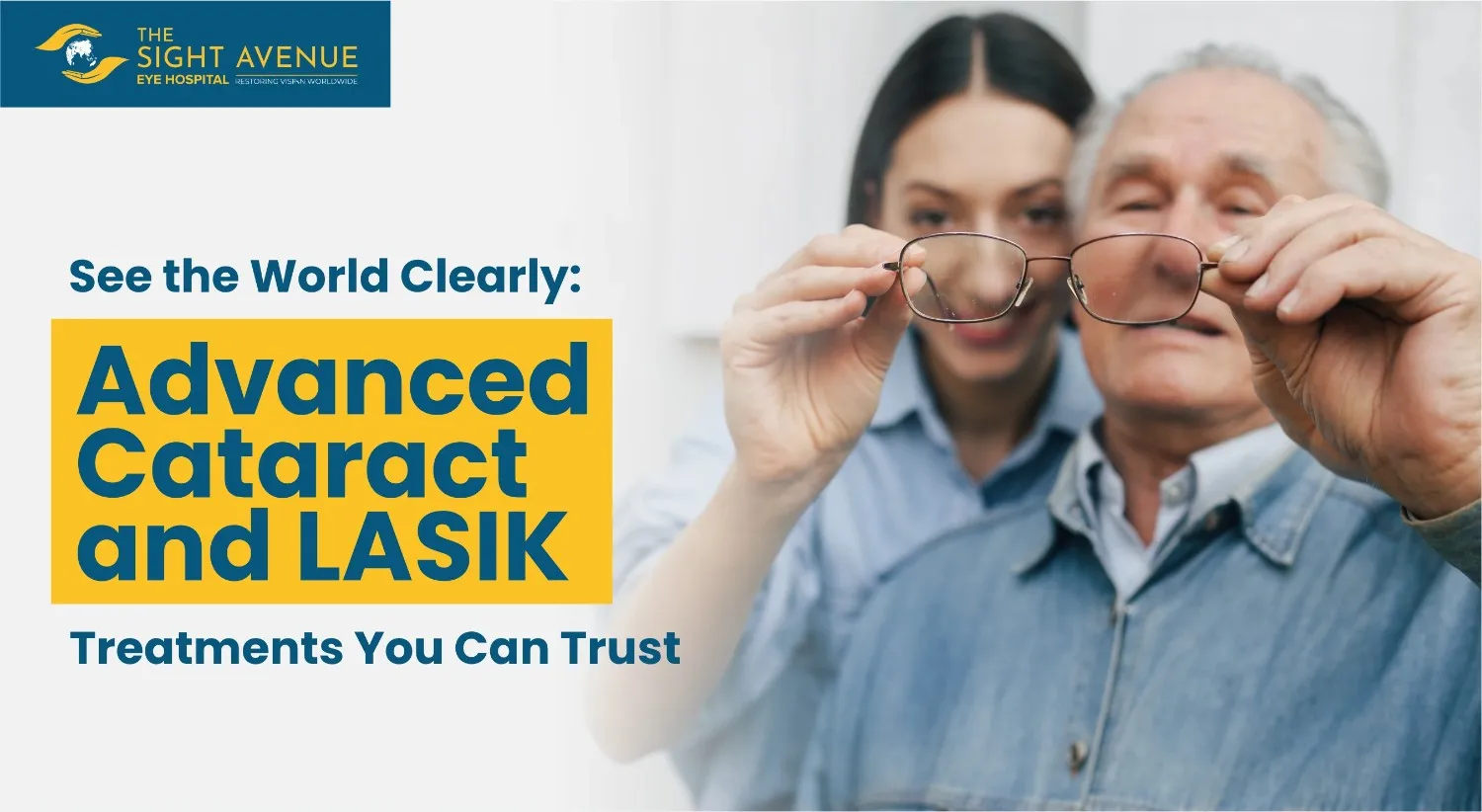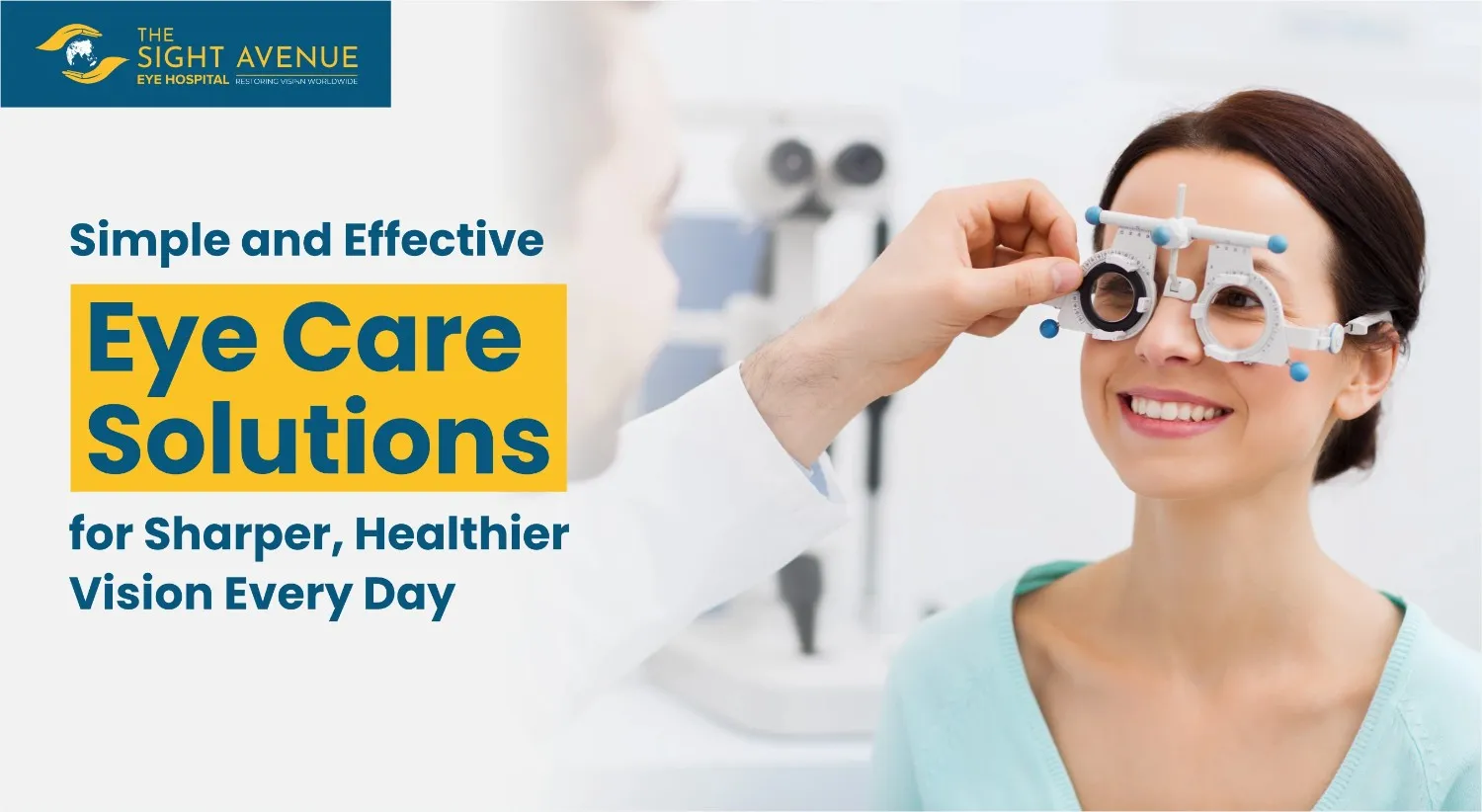Dry Eyes – A Major Problem in Today’s Generation

Dry eyes have become a major problem in today's world. The 21st century has just embarked on a journey filled with growth and development in several sectors, but the latest technological advancements (fast-forwarded by the pandemic) are already transporting us into the future where human beings are connected to their smartphones, laptops, etc. as their limbs. In such global situations, it is important for us to simply sit back and relax once in a while. The advent of these technological upgrades has provided individuals in a society with a vast expanse of knowledge and resources, but it has also proved harmful for them in many ways.
Smartphones, for instance, are immensely distracting and have successfully made a negative impact on the average concentration of people across the world. Smartphones are also socially disruptive and excessive usage will not only waste your time but also provide you with several health-related issues. Constant exposure to both smartphones and laptops can raise body temperature, cause headaches, decrease your visual ability, enhance eyes dryness and shorten your attention span. On top of it all, smartphones cause dry eye disease.
>What is Dry Eye?
Dry eye is quite a common disease that occurs when the tears produced by our eyes fail to provide the necessary lubrication for our eyes. This can be caused due to several reasons which we shall discuss a bit later. Dry eyes can also be caused due to the inability of the eyes to produce tears or the production of poor-quality tears. This can often lead to inflammation and infection followed by acute damage to the eye's surface.
Dry eye syndrome or what is also known as keratoconjunctivitis sicca occurs when our eyes do not have sufficient moisture in them. There are more than ten million cases of dry eyes in India and, thankfully, it is a treatable condition.
People with dry eye syndrome are not able to continue with their day-to-day activities without experiencing severe discomfort first. People having dry eyes syndrome often experience dry eyes on an airplane, in an air-conditioned room, while looking at their computer/laptop screen, or while riding a bike.
Symptoms of Dry Eye
Symptoms of dry eyes include the following:
- Stringy mucus in or around the eyes
- Redness in the eyes
- Burning sensation in the eyes
- Pain in eyes
- Watery tearing
- Blurry vision
- Stinging or scratching sensation in the eyes
- The sensation of having something in your eyes
- Difficulty wearing contact lenses
- Eye fatigue
- Difficulty reading or sitting in front of the computer for long periods
- Heavy eyelids
- Sensitivity to light
Causes of Dry Eye
There are many causes of eye dryness. These causes can disrupt the normal and healthy functioning of the eye. Our eyes have a healthy tear film consisting of three layers: Fatty Oils, Aqueous Fluid, and Mucus. All three layers together help with the sufficient lubrication, cleaning, and hygiene of the surface of the eye to prevent eye dryness. When any kind of problem occurs in any of these layers, dry eyes can be caused. Tear film dysfunction can also occur due to hormone changes, autoimmune disease, inflamed eyelid glands, and allergic eye disease. Dry eyes can be caused due to decreased tear production or increased tear evaporation.
- Decreased Tear Production
Decreased tear production occurs when the human eye fails to produce tears or enough water leading to eye dryness. A decrease in tear production is caused due to aging, and other medical conditions such as Sjogren's syndrome, allergic eye disease, lupus, rheumatoid arthritis, scleroderma, graft vs. host disease, sarcoidosis, vitamin A deficiency, and thyroid disorders.
Certain medications such as antidepressants, drugs for high blood pressure, antihistamines, decongestants, hormone replacement therapy, drugs for birth control, acne, and Parkinson's disease can cause decreased production of tears too. Decreased corneal nerve sensitivity caused by regular contact lens use, nerve damage, and laser-dry eye treatment surgery can also cause eye dryness. Dry eye treatment caused by the surgery is temporary.
- Increased Tear Evaporation
Meibomian glands present on the edge of our eyelids produce an oil film that can cause blockage in some people (especially people with skin disorders) resulting in eye dryness. Increased tear evaporation is caused due to meibomian gland dysfunction, eye allergies, preservatives in eye drops, wind, smoke, pollution, concentration on the computer or smartphone, or focusing while driving.
Dry Eyes Treatment
Dry eyes can harm your eyesight if left untreated. Treatment typically includes lifestyle changes and the use of lubricating eye drops. In some cases, eye inserts are prescribed to help produce artificial tears. Newer approaches involve tear-inducing medications to boost natural tear production. Among the most advanced treatments is LipiFlow, a modern thermal pulsation technology that targets the root cause of evaporative dry eye by clearing blocked meibomian glands, offering long-lasting relief.
Related Blog: Treating Dry Eye With LipiFlow
Conclusion:
Dry eye disease has become more common in today's tech-driven world, especially with increased screen time. If left untreated, it can cause significant discomfort and even damage your eyes. The good news is, dry eye syndrome is treatable through lifestyle changes, eye drops, and other treatments. If you experience any symptoms, seeking professional help at The Sight Avenue Eye Hospital, Gurgaon can restore comfort and protect your vision.
Struggling with dry eyes? Book an appointment with our experts and get the relief you deserve today!
Eye problems? Searching for an eye specialist near me in Delhi NCR? The Sight Avenue has 5 eye clinics in Delhi NCR. Contact us today!
Eye Hospital in Delhi
- The Sight Avenue
- The Sight Avenue
- The Sight Avenue
E-82-A, Ground Floor, Hansraj Gupta Rd, Greater Kailash I, New Delhi, Delhi 110048
Email:enquiry@thesightavenue.com
Tel : 011-4666 0666
Mob : +91-8883330799
Fortis Hospital, Escorts Okhla, New Delhi
Fortis Hospital, Vasant Kunj, New Delhi
Recent Post





